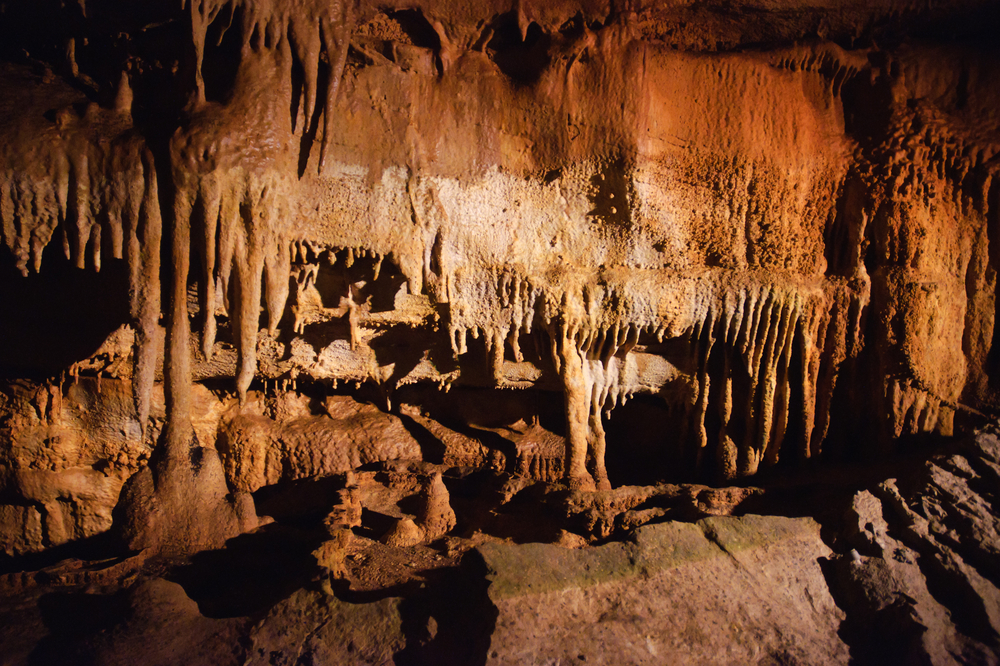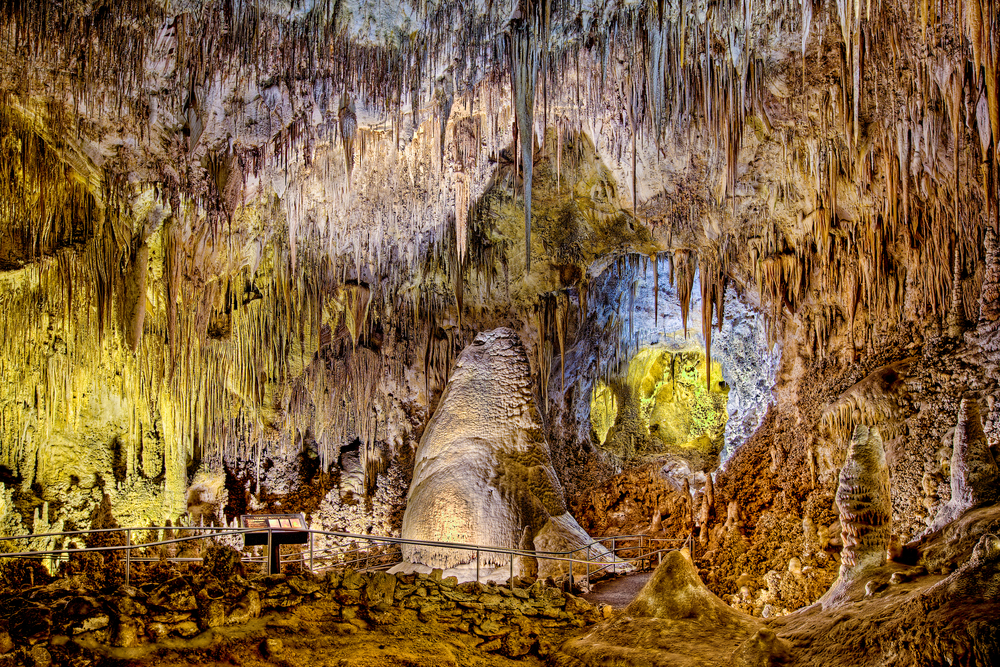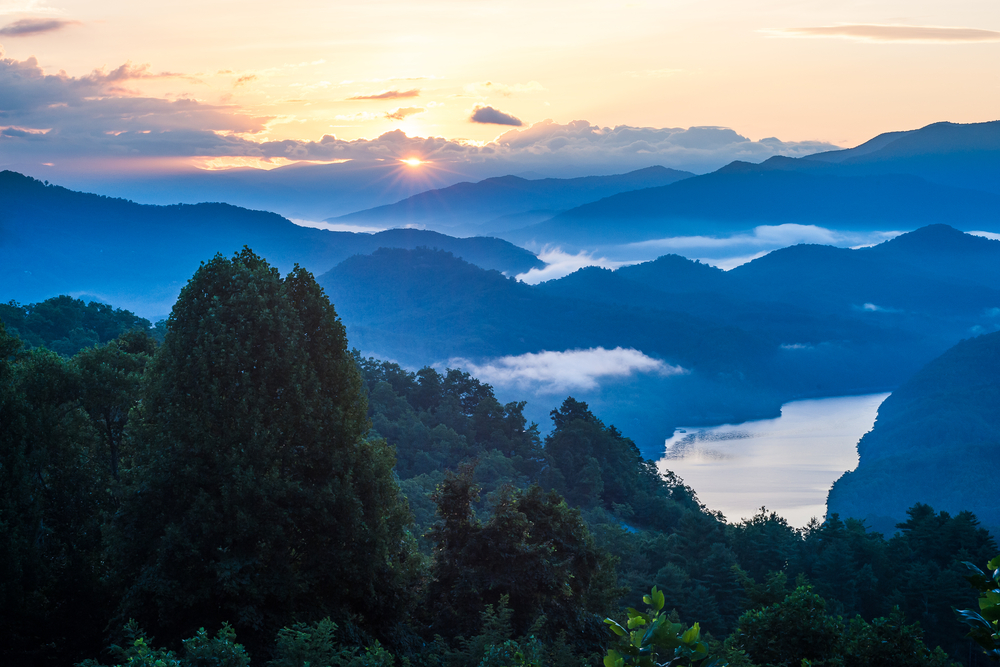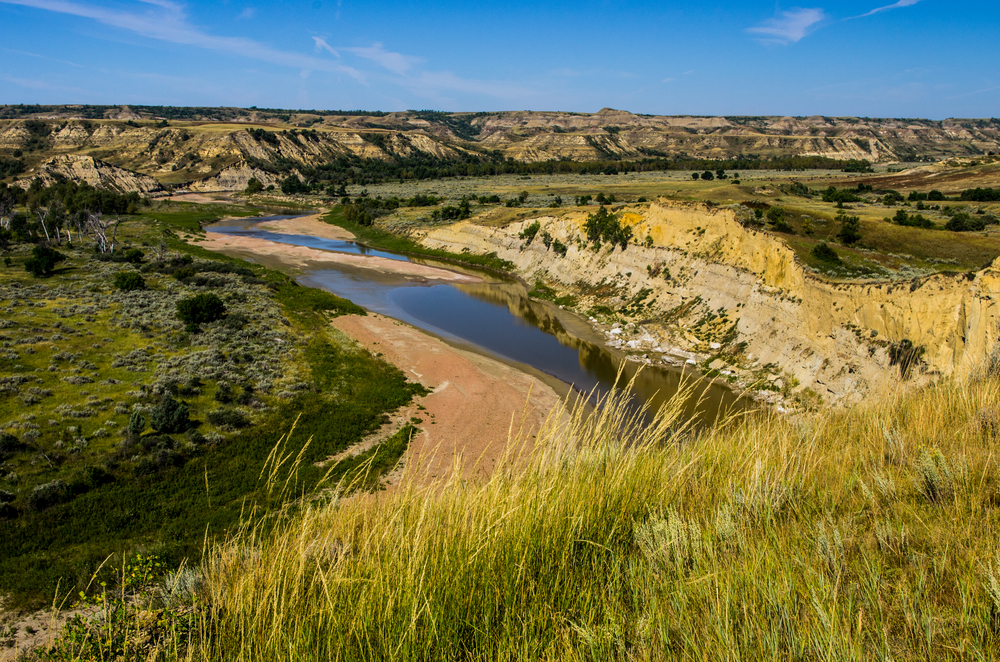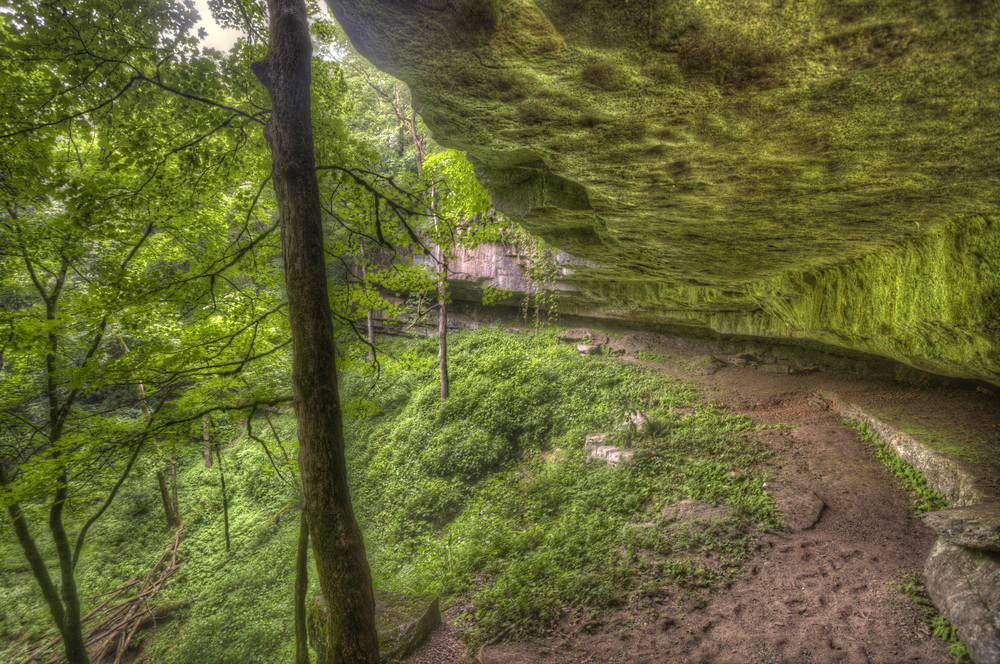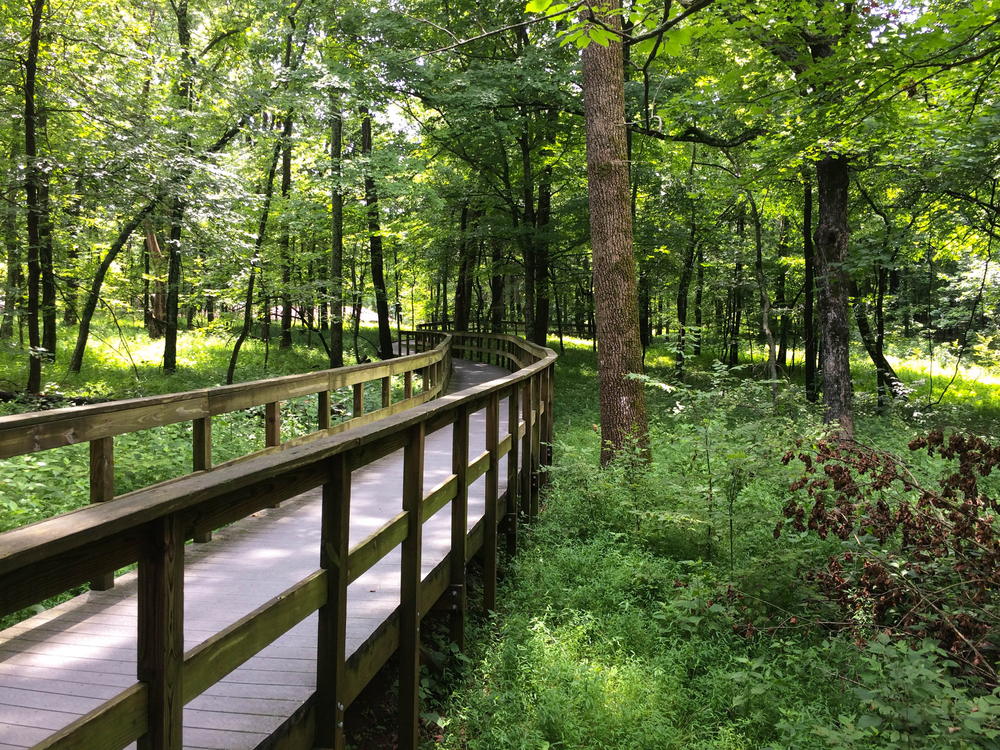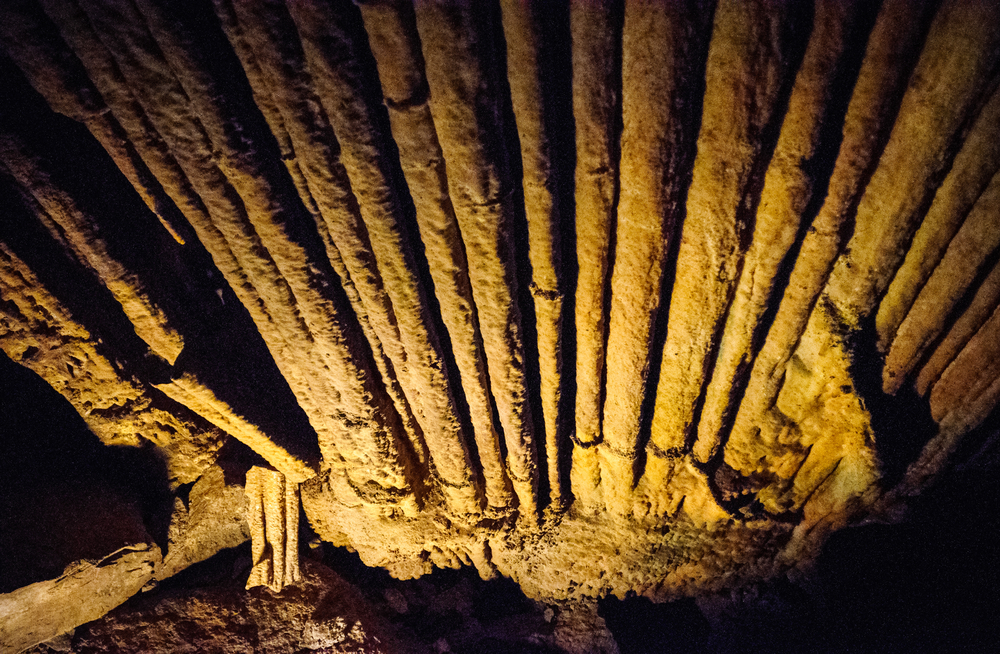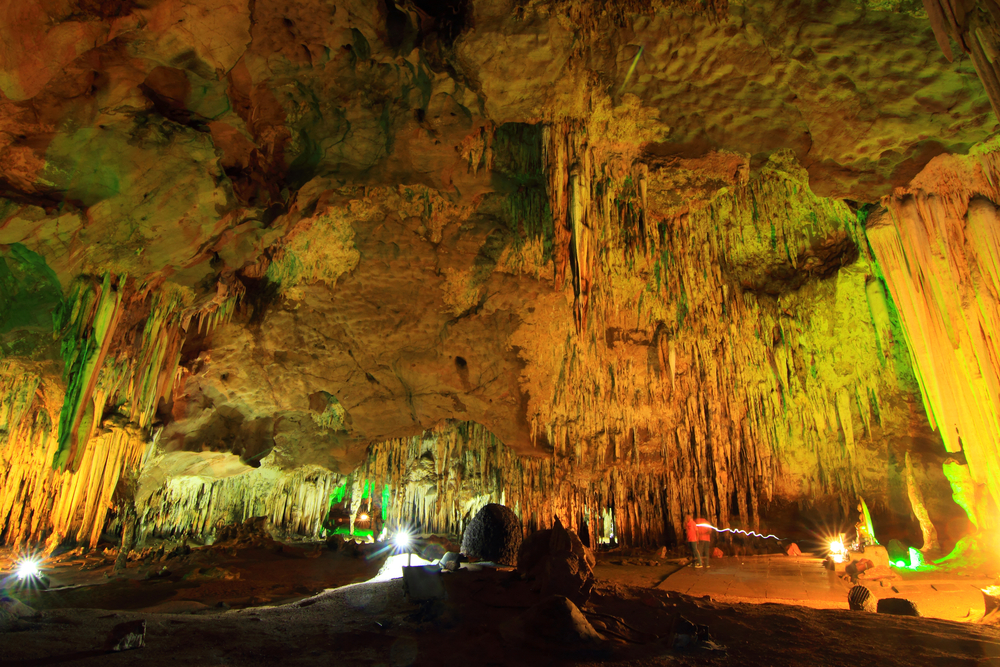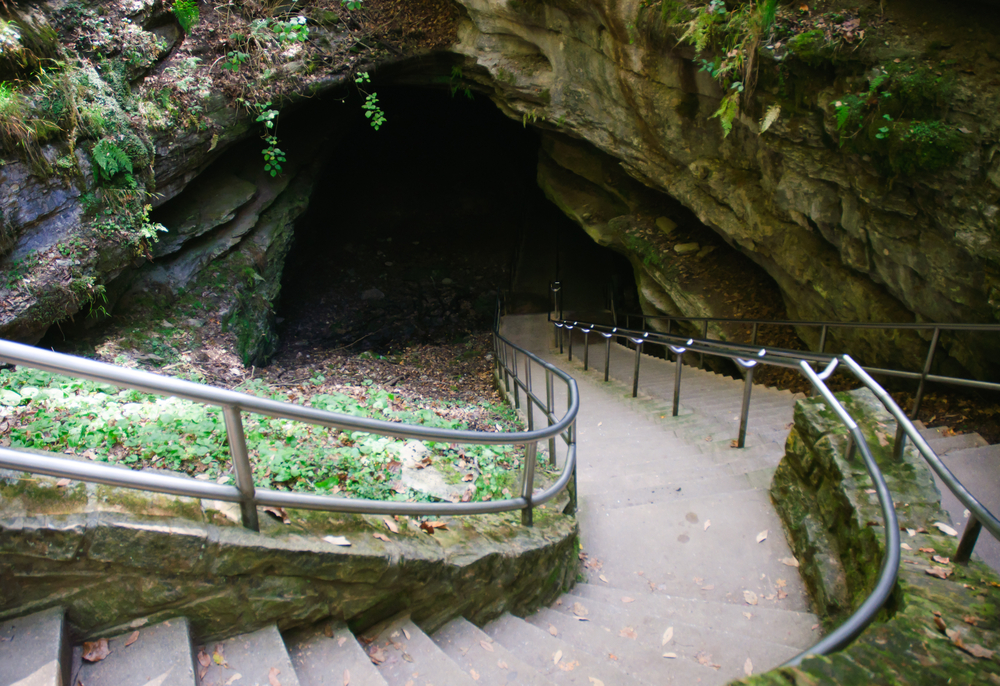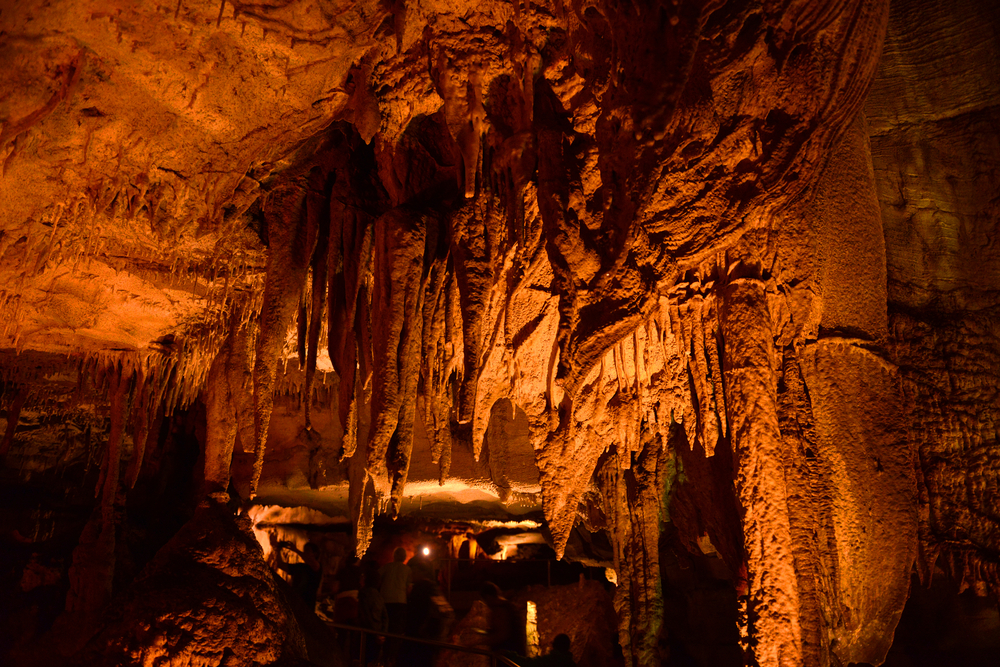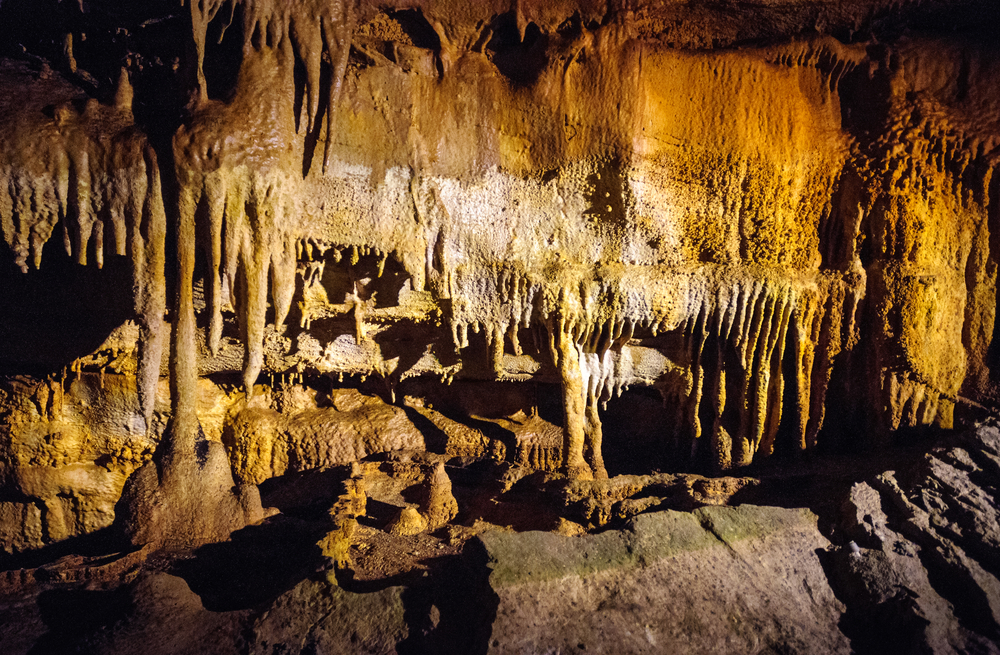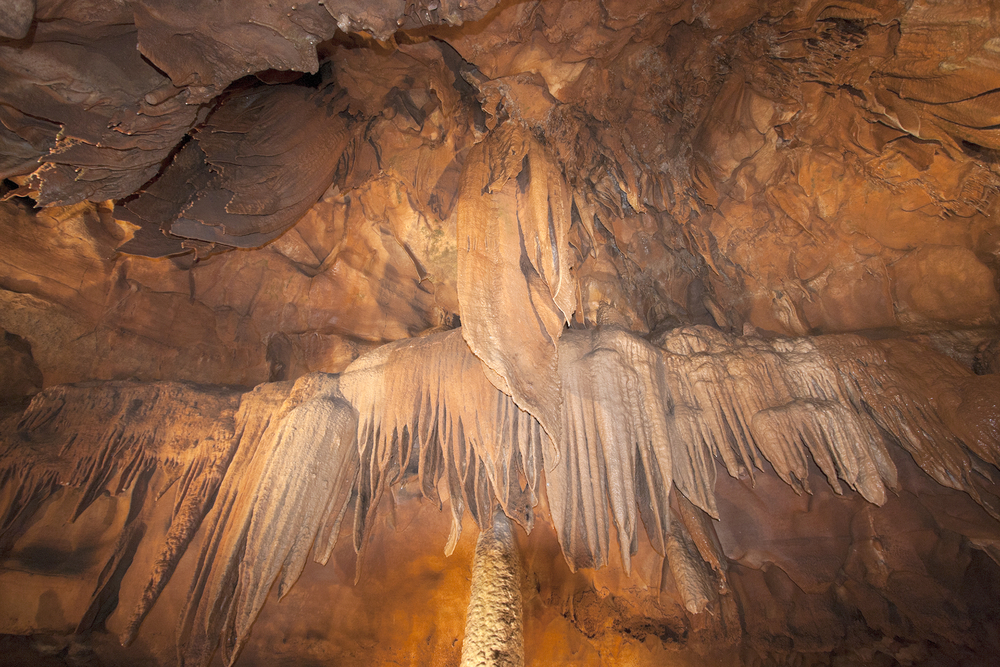Popular
Mammoth Cave National Park, known for its extensive cave system, also boasts a rich surface ecosystem, where diverse wildlife species thrive in the park’s forests, rivers, and grasslands, offering visitors a glimpse into the vibrant life that exists above and below ground.
White-tailed Deer A common sight in the park, White-tailed Deer are often seen grazing in meadows or bounding through the forests, a graceful emblem of Kentucky’s wilderness.
Eastern Gray Squirrel Ubiquitous in the park’s woodlands, the Eastern Gray Squirrel is known for its agility in the trees and its habit of gathering nuts for winter storage.
Raccoon Nocturnal and omnivorous, Raccoons are frequently encountered by visitors, their distinctive masked faces and ringed tails emblematic of the park’s diverse mammalian life.
Bat Species Mammoth Cave is a crucial habitat for several bat species, including the endangered Indiana Bat, which roosts in the cave’s cooler environments during summer.
Barred Owl The haunting call of the Barred Owl, “Who cooks for you? Who cooks for you all?” is a familiar sound in the park’s dense forests.
Wild Turkey The resurgence of the Wild Turkey in the park is a conservation success story, with flocks now commonly seen foraging in open areas and along roadways.
Bobcat The elusive Bobcat, with its bobbed tail and spotted fur, prowls the park’s wilderness, a silent hunter of rabbits, rodents, and birds.
River Otter Once nearly extirpated from the area, River Otters have made a comeback, now seen playing and fishing in the park’s rivers and streams.
Eastern Box Turtle The slow-moving Eastern Box Turtle, with its distinctive domed shell, is a frequent sight along the park’s trails, especially after rain.
Woodchuck Also known as groundhogs, Woodchucks are often spotted in grassy areas of the park, where they dig burrows and feed on vegetation.
Mammoth Cave National Park’s wildlife, from the quiet flight of bats to the slow crawl of the Eastern Box Turtle, enriches the visitor experience, highlighting the interconnectedness of life above and beneath the Earth’s surface in this unique protected area.








































































